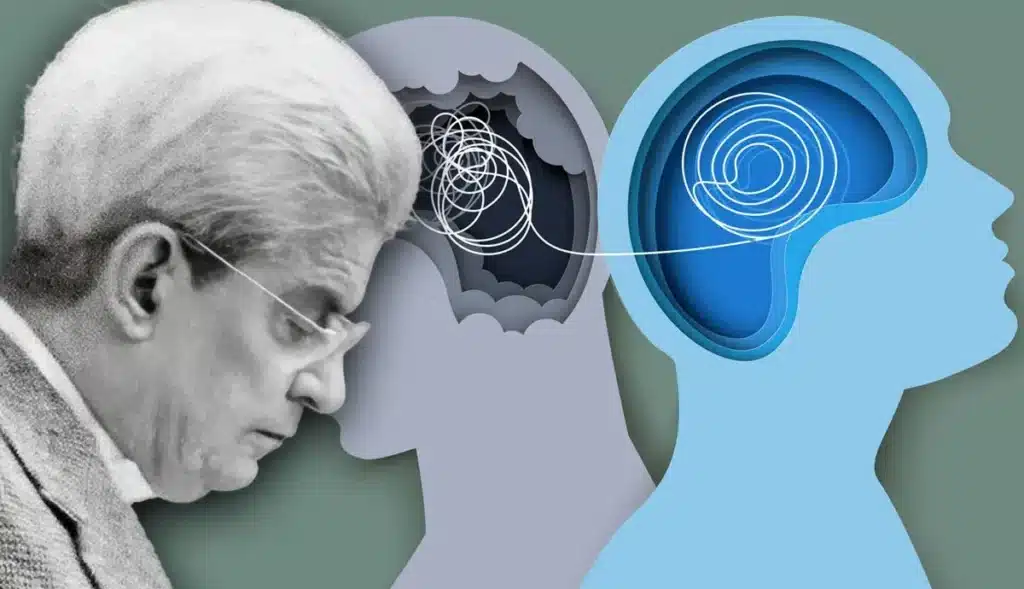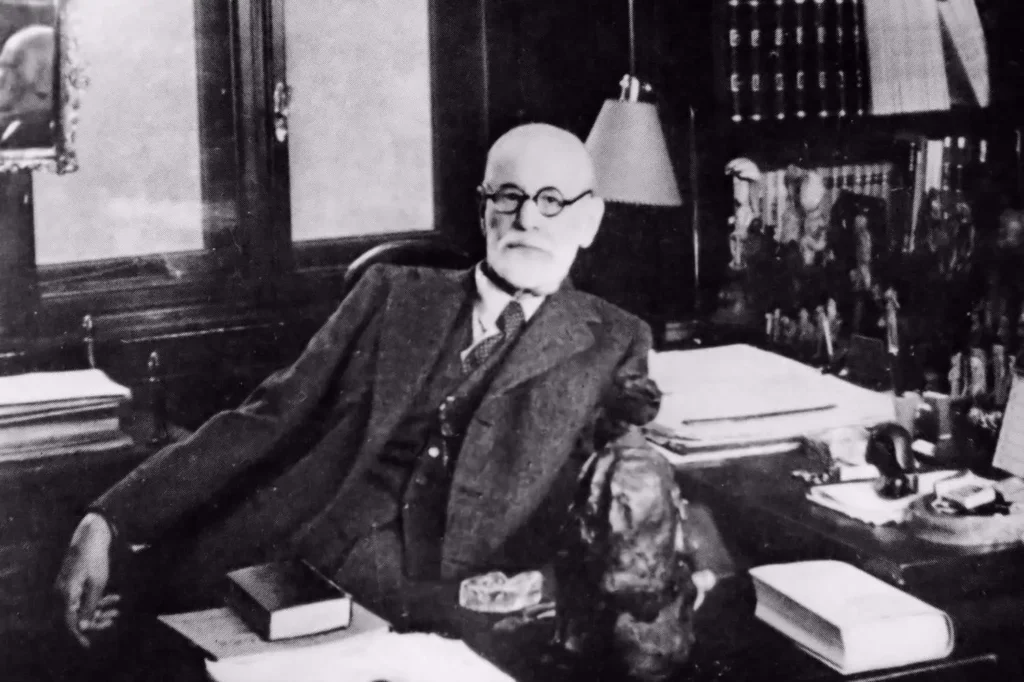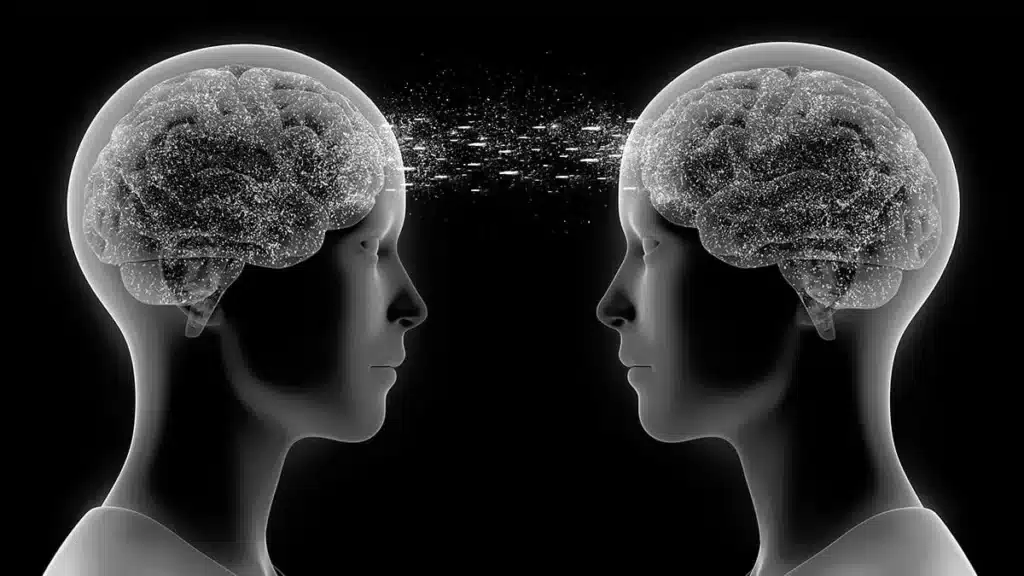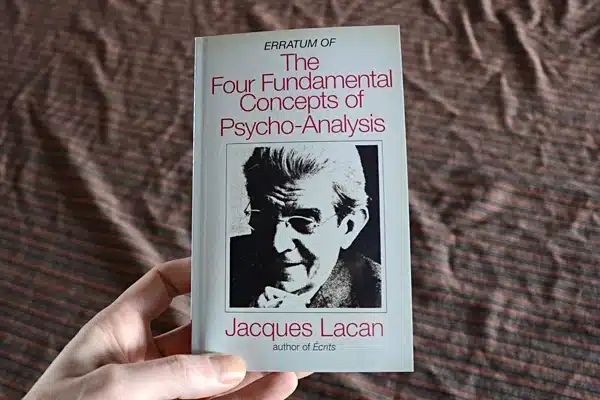Jacques Lacan’s The Four Fundamental Concepts of Psychoanalysis explains four main ideas that guide psychoanalytic theory – the unconscious, repetition, transference, and the drive. These ideas describe how hidden feelings, repeating behaviors, and unmet desires shape human life.
The four fundamental concepts of psychoanalysis by Jacques Lacan show how language and unconscious thoughts influence what people do and say. Lacan built on Freud’s ideas but focused more on how meaning comes through speech. His work remains key for psychoanalysts who study how the mind works beneath the surface.
To explore how psychoanalysis compares with humanistic therapy, see this discussion on humanism vs psychoanalysis.
Anat Joseph LCSW, PsyA – a Licensed Clinical Social Worker and Psychoanalyst in New York and New Jersey – notes that understanding these ideas helps clients gain deep emotional insight and lasting change.
Key Takeaways
- Lacan’s book explains four main principles that still shape psychoanalysis today.
- These ideas show how hidden desires, words, and emotional patterns affect relationships and choices.
- Lacan reworked Freud’s ideas, showing that language and desire are central to human behavior.
- In therapy, these ideas help reveal unconscious patterns and emotions that affect daily life.
Quick Summary of the Four Concepts
Here is a short look at Lacan’s four core ideas:
- The Unconscious – Hidden thoughts and wishes structured like language.
- Repetition – The pull to repeat old experiences or feelings.
- Transference – The act of projecting old emotions onto the therapist.
- The Drive – The ongoing search for satisfaction that never feels complete.
This section gives a quick version of the four fundamental concepts of psychoanalysis, highlighting the central themes that shape Lacan’s entire theory.
Understanding the Four Fundamental Concepts
What Are the Four Key Ideas of Psychoanalysis?
Lacan described four key parts of psychoanalysis: the unconscious, repetition, transference, and the drive. Each helps explain how people think, feel, and relate to others. Therapists use these ideas to understand hidden motivations behind behavior.
Lacan saw the unconscious as more than hidden emotion. He believed it works like a language, showing itself through speech, slips, and dreams.

The Unconscious and Its Structure
For Lacan, the unconscious is built like a language. What people try to hide does not vanish – it appears in how they speak or act. Words reveal emotions people may not notice. In therapy, paying attention to language helps uncover hidden meaning.
For example, someone who often apologizes might carry deep guilt. The analyst listens for tone, choice of words, and what is left unsaid. These clues help reveal inner conflicts.
Repetition and the Repressed
Repetition means acting out the same emotional pattern again and again. People often repeat painful experiences instead of learning from them. Lacan said repetition helps bring hidden conflicts to light.
A person who keeps choosing similar partners or re-living rejection may be repeating a buried story. Seeing this pattern helps them understand the past and make new choices.
Transference in Therapy
Transference happens when clients place feelings from old relationships onto their therapist. Lacan saw this as a normal and useful part of therapy. It allows old emotions to appear again, where they can be seen and understood.
The therapist studies how clients respond to them – with trust, anger, or fear – to trace these feelings back to earlier life experiences.
The Drive and Desire
Lacan separated need, demand, and desire. Needs can be met, but desire always continues. The drive is not a single urge but a repeating loop seeking satisfaction.
He called the missing object of desire objet petit a – the thing we seek but never fully find. Recognizing this helps explain longing, motivation, and frustration. Therapy gives space to explore this without judgment.
Historical and Scholarly Context
Lacan gave his Seminar XI: The Four Fundamental Concepts of Psychoanalysis in 1964 and published it in 1973. It marked a turning point in his career, combining his earlier lessons with new ideas from linguistics and philosophy.
This book connects to his theories on the mirror stage, symbolic order, and the Real. It also draws from Freud’s Beyond the Pleasure Principle and other works, linking early ideas about the unconscious and development.
Lacan’s focus on language and meaning reshaped how psychoanalysis explains the human mind. His influence continues through the four fundamental concepts of psychoanalysis by Lacan, which remain a foundation for clinical theory and teaching.
From Freud to Lacan: Evolution of Psychoanalytic Theory
Core Principles of Psychoanalytic Theory (Freud’s Foundations)
Freud introduced the unconscious, repression, and transference. He showed that people’s actions are driven by inner conflict between instinct and social rules. Psychoanalysis aimed to bring these hidden thoughts to awareness.
Freud built the foundation for modern therapy. Lacan admired Freud but wanted to restore the depth of his original ideas by focusing again on language and meaning.
This perspective continues to influence modern psychoanalysis, where therapists integrate language, emotion, and meaning in today’s practice.

Lacan’s Reinterpretation of Freud
Lacan viewed Freud’s ideas through the lens of language and relationships. He believed identity forms through speech and interaction, not biology alone. This shifted psychoanalysis toward understanding meaning instead of only treating symptoms.
For Lacan, people are divided between what they say and what they mean. Therapy helps them explore this gap and understand their real desires.
The Unconscious as Language
When Lacan said “the unconscious is structured like a language,” he meant that speech reveals hidden truth. The analyst listens to how people talk, not just what they say.
This method still guides therapy today. Anat Joseph often helps clients reflect on word choices and recurring phrases to uncover emotional patterns.
Reading Seminar XI (1973): Key Concepts and Summary
Context and Themes of Seminar XI
Seminar XI: The Four Fundamental Concepts of Psychoanalysis is one of Lacan’s most important works. It sums up his main ideas about language, desire, and the unconscious. The seminar explains how these concepts shape human subjectivity and emotional life.
This summary of the four fundamental concepts of psychoanalysis highlights how Lacan turned theory into clinical guidance, influencing both psychoanalytic study and daily therapeutic practice.
Major Insights and Theoretical Shifts
Lacan’s seminar introduced several key points:
- The unconscious works through symbols, not instincts.
- Repetition repeats what cannot be easily spoken.
- Transference helps reveal the hidden parts of the self.
- The drive shows how people find satisfaction in seeking, not finding.
These ideas turned psychoanalysis into a deeper study of meaning and human experience.
Why It Redefined Psychoanalysis
Lacan shifted psychoanalysis away from medical treatment toward understanding human speech and desire. He showed that healing happens through interpretation and self-awareness.
His approach turned therapy into a dialogue that explores hidden meaning. This remains influential across psychology and psychoanalysis today, particularly among international psychoanalytic scholars and training analysts who continue to study Lacan’s theories.
Summary and Clinical Relevance
Summary of Lacan’s Four Concepts
The four fundamental concepts of psychoanalysis summary helps connect theory with real-life practice. These four concepts – the unconscious, repetition, transference, and the drive – demonstrate how language and desire influence behavior. People express truth through symbols and habits, often without realizing it.
By studying these patterns, psychoanalysts help clients see how the past shapes the present and how understanding can lead to change.

Applying Lacanian Ideas in Therapy
Therapists use these ideas to notice patterns in speech and emotion. Repetition and transference reveal how clients unconsciously recreate old feelings.
Anat Joseph emphasizes that psychoanalytic therapy leads to lasting growth, not quick fixes. By discovering hidden meanings, clients become more aware and emotionally free.
Reflective Connection for Readers
Lacan’s theory can feel abstract, but it connects to everyday life. Do you see the same emotional patterns repeating in your relationships or choices? Recognizing these patterns is the first step toward change.
Reflection helps link theory to personal experience and makes these ideas more practical.
Repetition, Transference, and Desire in Practice
In practice, Lacanian therapy pays close attention to details. A therapist listens for themes, tone, and emotional rhythm. These small clues show what the unconscious is trying to express.
By exploring desire as something ongoing, clients learn to accept imperfection and grow through understanding.
Why These Concepts Matter Today
Lacan’s ideas still guide modern psychotherapy. They help therapists understand identity, emotion, and communication in today’s world.
Many clinicians use his work to treat anxiety, trauma, and relationship issues. Knowing how language shapes desire helps clients find balance and self-knowledge.
Further Reading and Resources
To learn more about Lacan’s work:
- Seminar XI: The Four Fundamental Concepts of Psychoanalysis (Bruce Fink translation)
- Écrits: A Selection by Jacques Lacan (Alan Sheridan translation)
- Lacanian Psychoanalysis: An Introduction by Dylan Evans
These texts explain both the theory and how to apply it in therapy.
Critiques and Legacy
Common Misreadings of Lacanian Psychoanalysis
Lacan’s writing is often called complex, but its purpose is practical. Misunderstanding usually comes from reading it as philosophy rather than therapy. His ideas help therapists understand speech, resistance, and emotional struggle.
While his style can be dense, the results in therapy are clear and grounded.
Enduring Influence on Modern Psychoanalysis
Lacan’s work shaped psychology, philosophy, and linguistics. His reinterpretation of Freud gave psychoanalysis new life and a deeper focus. His ideas about language, the divided self, and desire remain part of modern therapy.
Clinicians who use his approach help clients connect thought, feeling, and speech in meaningful ways.
Why Lacan’s Ideas Still Matter in Therapy Today
Lacan’s The Four Fundamental Concepts of Psychoanalysis changed how we understand the human mind. By combining Freud’s ideas with new views on language, he created a lasting framework for psychoanalytic thought.
Anat Joseph, LCSW, PsyA, offers a psychoanalytic perspective that values self-exploration, emotional awareness, and insight. Her work reflects a commitment to understanding how unconscious processes influence personal growth and relationships.
For those interested in pursuing this path, you can read more about how to become a psychoanalyst.
If you’re seeking meaningful change or want to explore your inner world more deeply, consider scheduling an appointment with Anat Joseph today.

